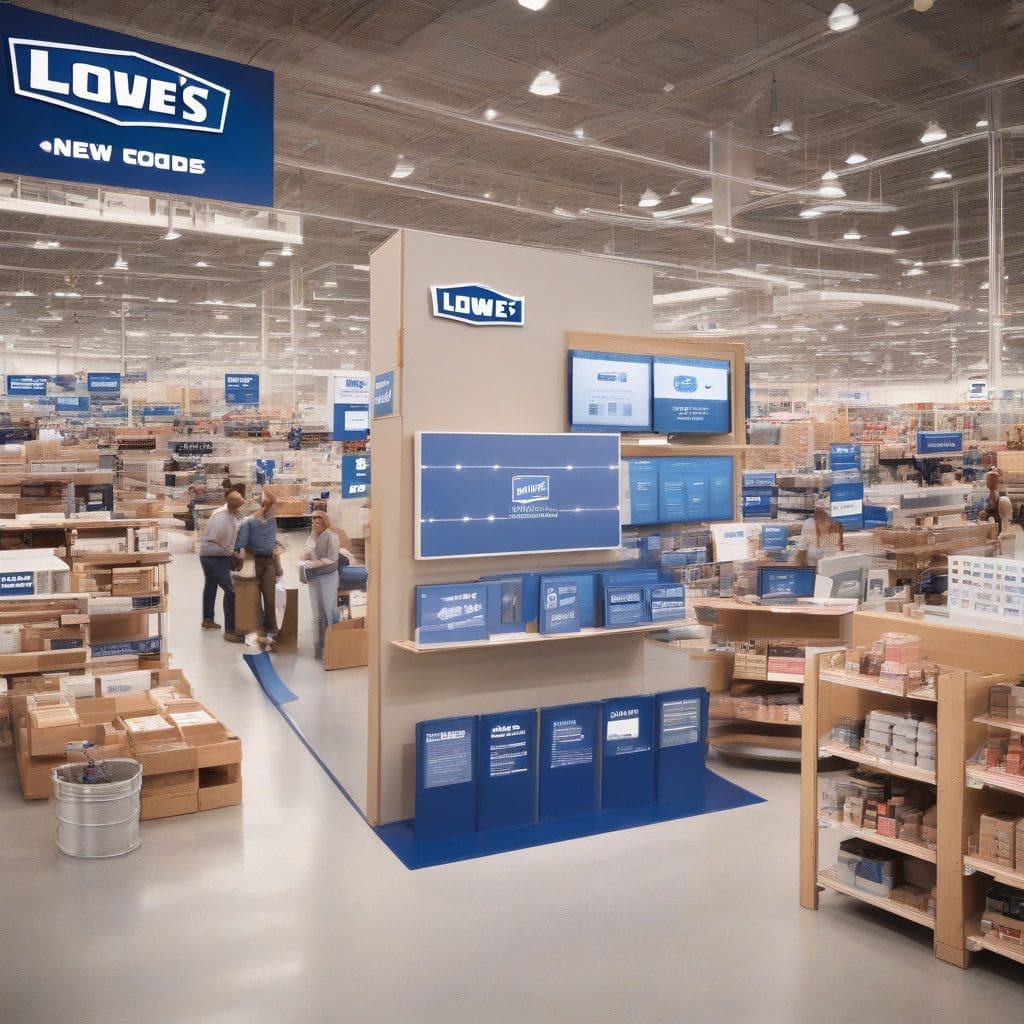In the fast-paced world of retail, companies are constantly seeking innovative methods to capture consumer attention and drive sales. Lowe’s Cos. Inc. has taken a significant step in this direction by expanding its retail media network through a collaboration with Vibenomics, a technology company that specializes in audio advertising. This move marks a new phase for Lowe’s, allowing the retailer to engage with customers through sound in its physical stores.
The idea of in-store audio advertisements is not entirely novel; however, Lowe’s integration of this technology into its existing advertising portfolio is noteworthy. According to John Storms, general manager and head of retail media at Lowe’s, early results from brands utilizing this new technology have demonstrated a marked increase in sales and return on ad spend. Such positive outcomes suggest that audio advertising can effectively enhance the shopping experience by providing relevant ads to potential buyers when they are most receptive.
Lowe’s journey into retail media began in 2021, and it has since positioned itself as a significant player among hardware and home improvement retailers. The company now serves ads for over 300 brands, enhancing its vendor partners’ marketing capabilities. This growth is a reflection of the broader industry trend toward integrating advertising solutions that encompass both online and offline channels. As Bill Boltz, the vice president of marketing, highlighted in a recent earnings call, Lowe’s aims to simplify its platform, enabling brand partners to achieve a variety of marketing objectives—from product launches to seasonal promotions.
The incorporation of audio ads into Lowe’s retail media strategy is designed to reach a diverse mix of customers—both DIY enthusiasts and professional contractors. Storms noted that using Vibenomics’ technology goes beyond mere brand visibility; it targets in-store shoppers when they are making vital purchasing decisions. This approach aligns with the rich data insights provided by Vibenomics to measure foot traffic and customer engagement effectively.
Vibenomics’ platform operates on an impressions-based buying model, similar to traditional radio advertising, but it offers the advantage of programmatic activation. Paul Brenner, senior vice president of retail media and partnerships at Vibenomics, explained this model’s key feature: it earmarks “best times” during the day for delivering high-impact ads. For example, grocery retailers might promote weekend sales in the early afternoons, when foot traffic tends to spike. This strategic targeting is essential for maximizing the relevance and effectiveness of advertisements.
Measuring the effectiveness of audio ads remains a challenge. Brenner suggests the implementation of control-test scenarios—selecting specific stores to gauge the impact of in-store ads. This method generates valuable insight into how audio advertisements affect consumer behavior and sales performance. By comparing stores with and without audio ads, Lowe’s and Vibenomics can determine how much influence these ads have on purchase decisions.
Moreover, Lowe’s collaboration with Placer.ai further enriches its advertising capabilities. Placer.ai provides location data and foot traffic insights, enabling retailers to track-store specific metrics such as impressions and dwell time. This data amalgamation allows Lowe’s to draw parallels between digital and physical ad impressions, creating a more comprehensive view of customer interactions with both its online and offline touchpoints.
Looking toward the future, Lowe’s plans to offer self-service options for brand partners, simplifying the ad buying process. The transition to a self-service model aligns with broader industry movements towards automation and enhanced user experience. As Storms points out, this will make campaign management more accessible for brands while simultaneously optimizing ad placements based on real-time data.
Lowe’s strides in the retail media space highlight an essential shift within the retail industry—where the synergy between online and offline marketing is becoming increasingly vital. By tapping into audio advertisements, Lowe’s secures a competitive edge, engaging shoppers when it matters most.
In an environment where personalization and relevant advertising are crucial, Lowe’s initiatives set a precedent for maximizing return on ad spend. As the retailer continues to evolve its media network, industry players should keep an eye on these developments. The success of Lowe’s new strategies may pave the way for further innovations in retail advertising, blending technology with consumer shopping experiences in ways that resonate deeply.
Keeping pace with these advancements will be vital for retail marketers aiming to enhance their strategies in an ever-competitive landscape. Lowe’s foray into audio advertising is one clear example of how traditional retailers can enhance customer engagement while driving measurable business results.
